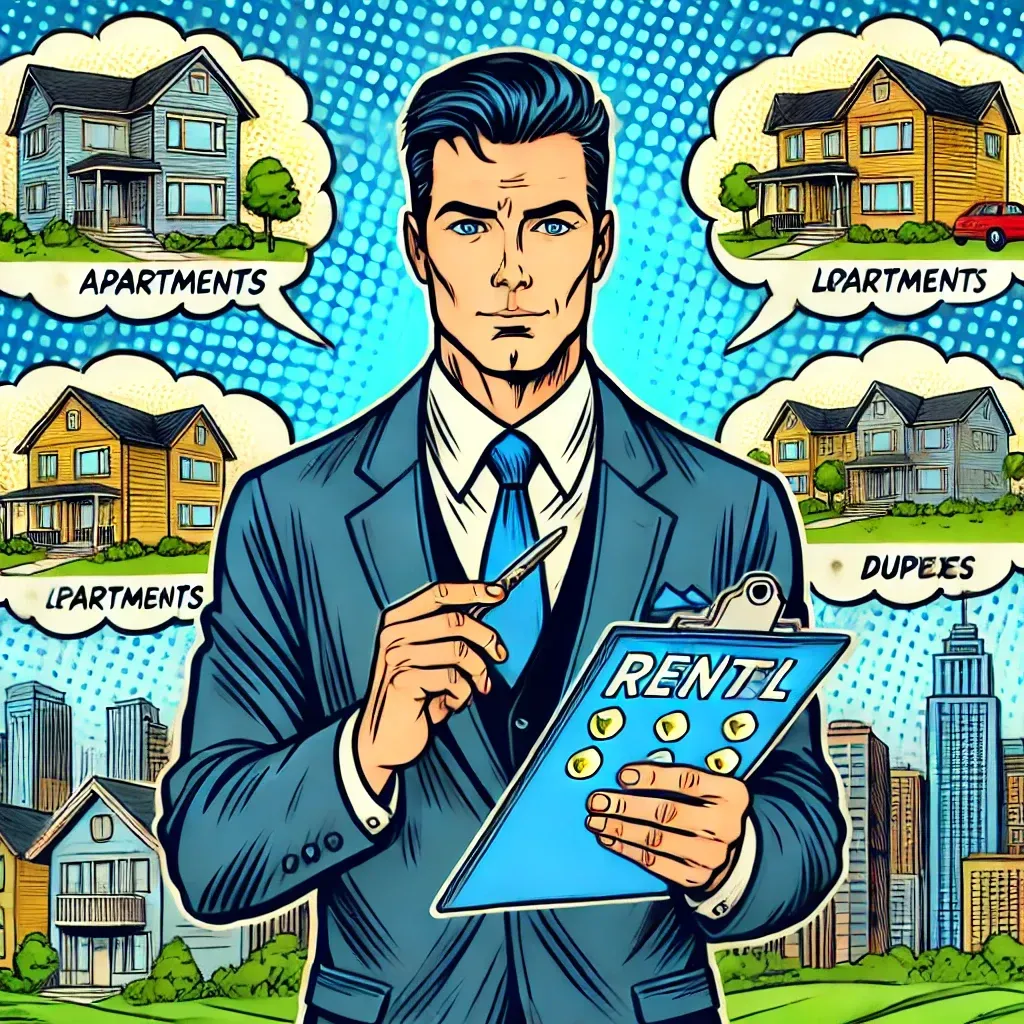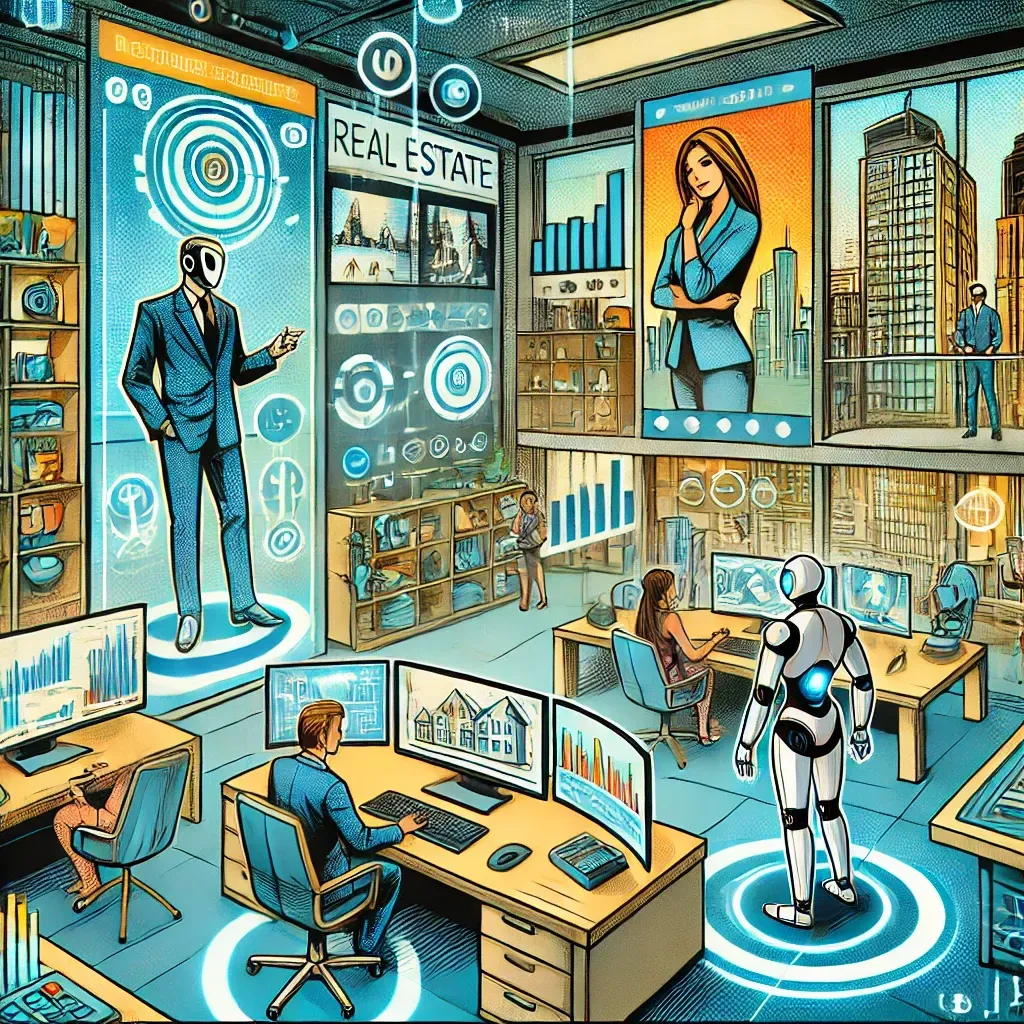


The growing trend of urbanization has sparked a revolution in how we view living spaces. With cities becoming ever more crowded, the challenge is to create housing solutions that are affordable, sustainable, and community-focused.
The concept of co-living, paired with advancements in green building technologies and smart investments, offers a promising solution. Co-living spaces are not only about sharing space but optimizing it for the modern urbanite who values sustainability and connectivity.
As we look to the future, it's clear that green buildings and smart investments will play a pivotal role in making co-living an attractive, affordable choice for many. This article explores the various facets of this dynamic sector and offers insights into the opportunities that lie ahead for both residents and investors.
Key Takeaways
Understanding the Concept of Co-Living
What is Co-Living?
- Urbanization fuels the demand for sustainable and affordable housing solutions.
- Co-living offers a blend of community-driven living and economic efficiency.
- Sustainable building practices and smart-home technology are pivotal in future housing.
- Investments in green buildings contribute positively to the economy and environment.
- Striking a balance between affordability and sustainability is crucial for urban developments.

Co-living is a modern housing model that promotes shared living spaces, fostering a sense of community among residents. It typically involves residents sharing common areas such as kitchens, living rooms, and recreational spaces while enjoying private bedrooms. This setup is often aimed at affordability and increased social interaction.
- Affordability: By sharing amenities, residents can significantly reduce living costs.
- Community: Co-living encourages residents to form communities, reducing feelings of isolation.
- Flexibility: Many co-living spaces offer flexible lease terms, catering to transient urban populations.
- Privacy Concerns: Sharing spaces can lead to privacy issues.
- Compatibility: Personality clashes among residents might arise.
- Consider this: Evaluating personal preferences and needs is crucial when choosing a co-living environment.
With more people moving into cities, the demand for housing has skyrocketed. Urban areas offer better job opportunities, education, and social services, attracting a diverse population.
Traditional housing models struggle to meet the rising demand, resulting in skyrocketing real estate prices and limited availability. Consequently, many urban dwellers find themselves priced out of the housing market.
The Co-Living Solution
Co-living spaces address these challenges by offering affordable, shared living arrangements. They optimize space and resources, making them ideal for densely populated areas.
Selling a property can be a daunting task, but with the right strategies, you can do so with confidence. Staging your property effectively can significantly reduce its time on the market by enhancing its appeal to prospective buyers. Using neutral tones in staging creates a calm and inviting atmosphere, helping buyers envision personalizing the space. Strategic placement of furniture can maximize the flow and highlight a room’s best features.
Curb appeal plays a crucial role in creating a positive first impression. Maintaining a tidy and visually appealing exterior is essential, as it significantly affects buyers’ perceptions. Pricing your property just below a whole number can attract more buyers and increase interest. These small adjustments can make a big difference in how quickly and successfully you sell your home.
Realtors are invaluable in this process, offering expertise and support. Effective communication with all parties involved in the sale ensures a smooth closing process. By leveraging these tips and working with a skilled realtor, you can navigate the selling process with confidence and achieve a successful sale.
Sustainability in real estate involves the use of eco-friendly construction materials, energy-efficient systems, and sustainable practices. It's aimed at reducing the carbon footprint and enhancing the quality of life.
Green Building Elements
- Energy Efficiency: Utilizing renewable energy sources and energy-saving technologies.
- Sustainable Materials: Using materials that are recycled, renewable, or low-impact.
- Water Conservation: Implementing systems to reduce water usage.
- Environmental Impact: Decreases pollution and resource depletion.
- Healthier Living: Improves indoor air quality and promotes a healthier lifestyle.
- Economic Gain: Often results in lower utility bills and maintenance costs.
Defining Smart Homes
Advantages of Smart Homes
- Convenience: Simplify daily tasks with automation.
- Safety: Enhanced security systems protect residents.
- Efficiency: Smart devices contribute to energy and cost savings.
Smart Investments
Notable Standards
Benefits of Certification
Consider This
When investing in or designing a residential building, aiming for certification can result in long-term financial and environmental benefits.
Affordable Housing Solutions for Urban Dwellers
The Role of Co-Living
Co-living provides an affordable housing option by reducing the costs associated with traditional housing, making urban living accessible.
Collaborations between government and private sectors can result in innovative, scalable housing solutions tailored to urban needs.
Explore options such as rent-to-own schemes or housing cooperatives, which can make homeownership more achievable for urban residents.
The Economic Impact of Housing Investments
Housing as an Economic Driver
Investment in housing boosts the economy by creating jobs, increasing spending, and generating tax revenue.
Long-term Returns
Housing investments often appreciate over time, offering investors substantial long-term returns, especially with sustainable and smart technologies in place.
Consider This
Assessing the market trends and potential for growth in specific urban areas is essential before committing to housing investments.
Government Regulations Shaping Housing Policies
The Role of Policies
Government regulations play a crucial role in shaping housing markets by setting construction standards, tax incentives, and zoning laws.
Affordable Housing Initiatives
Many governments are implementing policies aimed at promoting the development of affordable housing, often providing tax breaks or subsidies for developers.
Consider This
Staying informed about local government policies can provide opportunities for investment or influence decisions on developing new housing projects.
Innovative Designs in Sustainable Architecture
Defining Sustainable Architecture
This approach focuses on designing structures that minimize environmental impact and optimize resource efficiency.
Trends in Sustainable Design
Consider This
Innovative design requires a balance between aesthetic appeal, functionality, and sustainability, requiring collaboration between architects, engineers, and developers.
Community Perspectives on Co-Living Spaces
Community Building
Co-living spaces often foster strong communities through shared experiences and communal activities.
Resident Satisfaction
Many residents find co-living improves their quality of life due to the social aspects and decreased financial burdens.
Consider This
When considering a co-living space, evaluate the cultural fit and community dynamics to ensure a positive living experience.
The Challenge
Achieving both affordability and sustainability in housing is challenging due to higher upfront costs of sustainable technologies.
Practical Solutions
- Government Incentives: Reducing initial investment barriers through subsidies.
- Community Initiatives: Encouraging shared resources and community-led projects.
Consider This
Finding the right balance requires innovative thinking, collaboration, and a long-term perspective on cost and environmental impact.
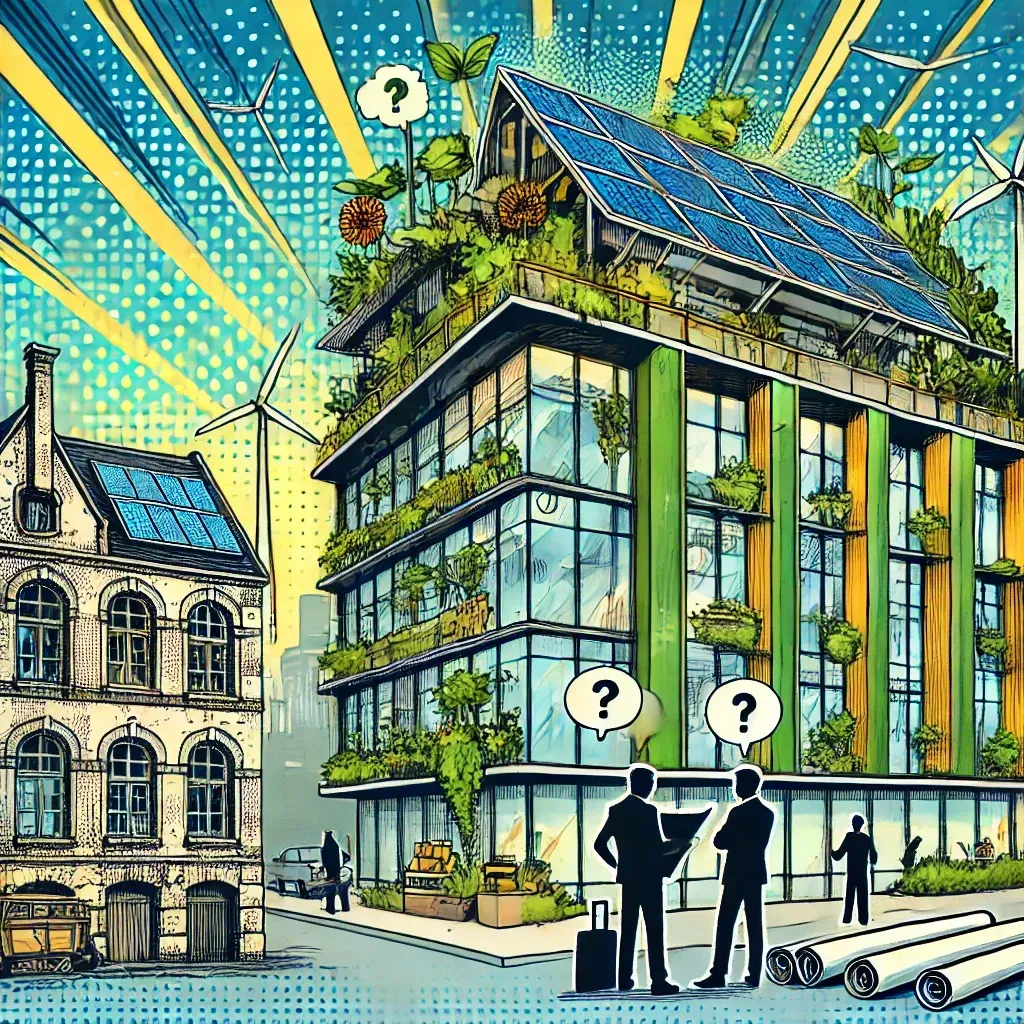
Conclusion: Adapting to the Evolving Housing Landscape
As we navigate the challenges of urban housing, embracing green buildings and smart investments is essential. Co-living spaces exemplify how shared living can enhance community ties while promoting sustainability.
From smart homes to innovative design, the future of housing is bright with opportunities to create environments that are as affordable as they are sustainable.
Whether you're a resident seeking a cost-effective living solution or an investor eyeing green opportunities, understanding this evolving landscape is key to making informed decisions.
As cities continue to grow, the demand for innovative housing solutions will only intensify, offering a fertile ground for those willing to invest in the future of affordable co-living.
Affordability vs. Sustainability: Striking a Balance
- Biophilic Design: Incorporates nature into architecture to enhance well-being.
- Adaptive Reuse: Transforms old structures into modern living spaces.
- Prefab Construction: Uses prefabricated components for efficient, sustainable building.
Public-Private Partnerships
Financing Options
Frequently Asked Questions

Benefits of Co-Living
Challenges in Co-Living
How Urbanization Drives Housing Demand
The Urbanization Surge
The Housing Crunch
Sustainability Practices in Real Estate
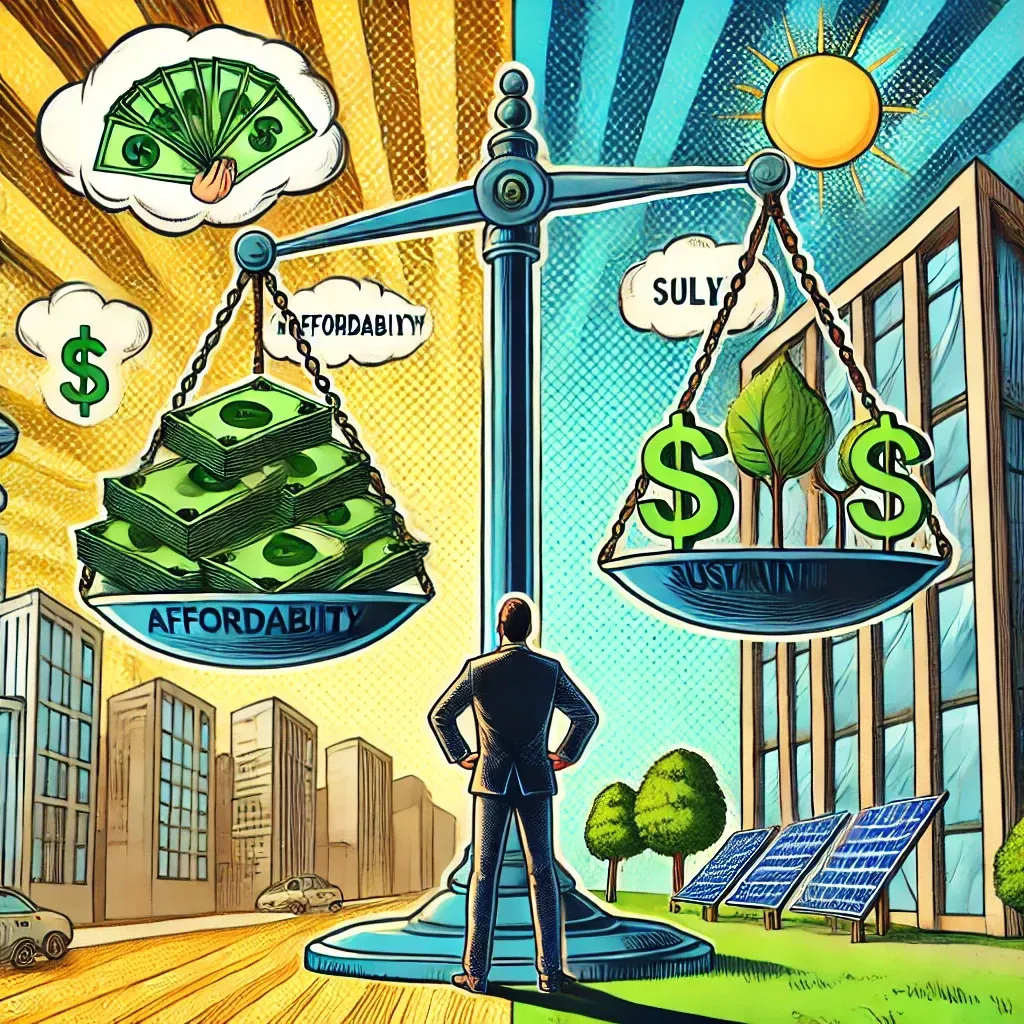
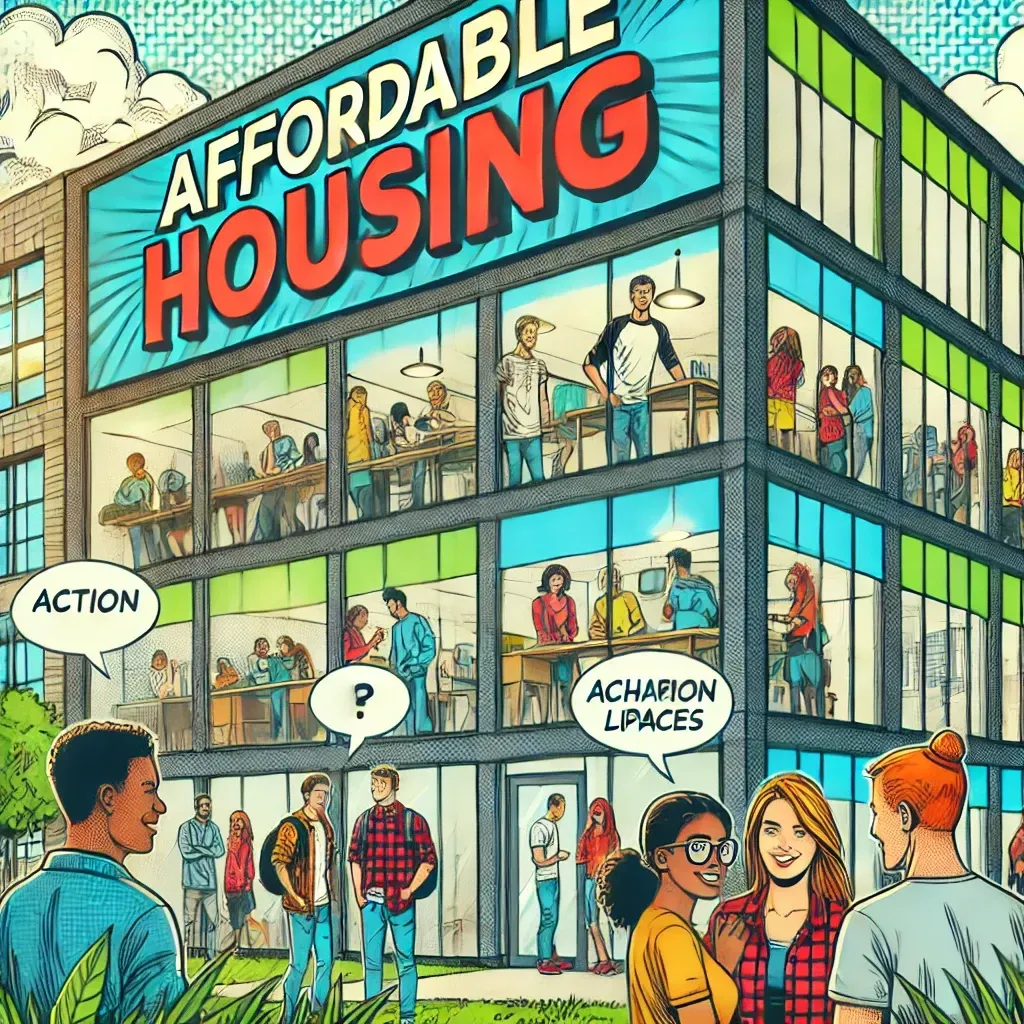
Benefits of Sustainable Real Estate
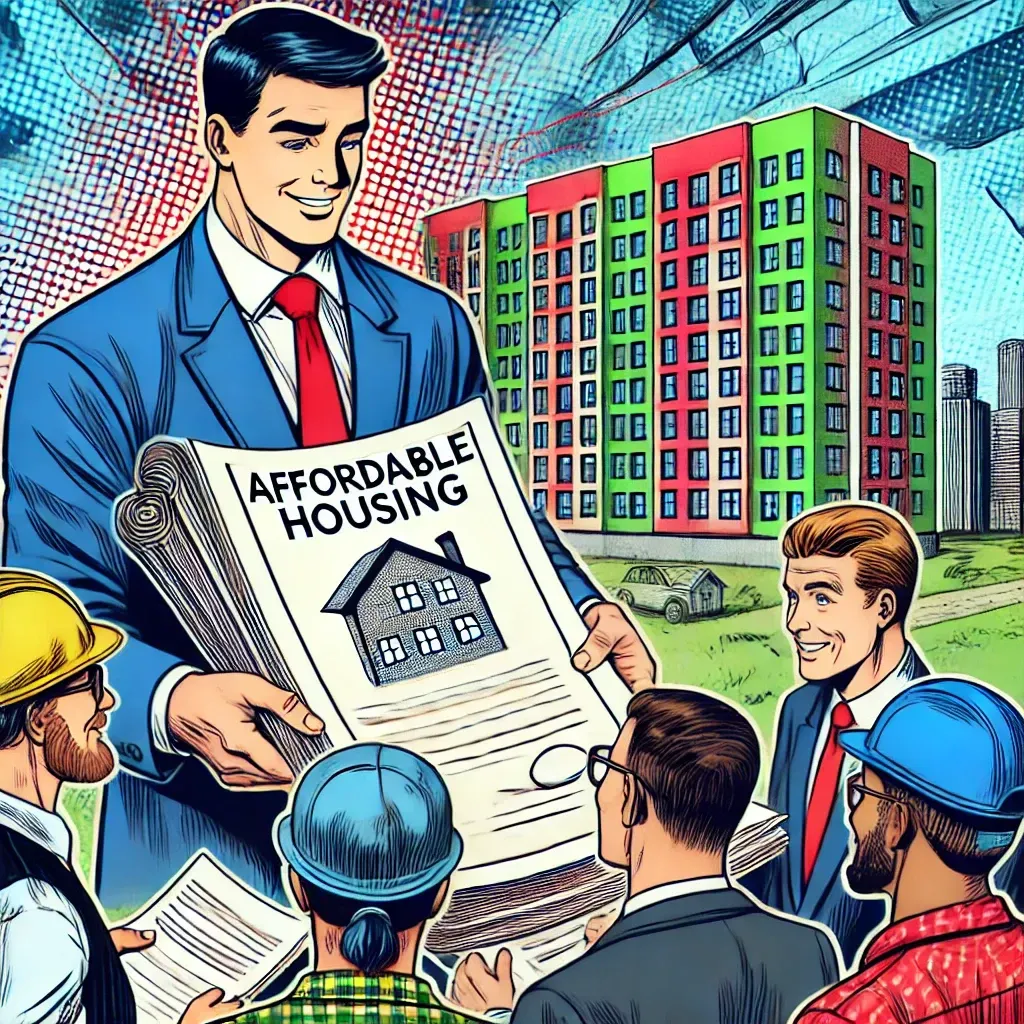
Smart Homes: The Future of Connected Living
Smart homes are residences equipped with advanced systems that automate lighting, heating, security, and more, all controlled via smartphones or other devices.
Investment in smart technologies can increase property value and attract tech-savvy tenants, offering a competitive edge in the housing market.
Green Building Standards and Certifications
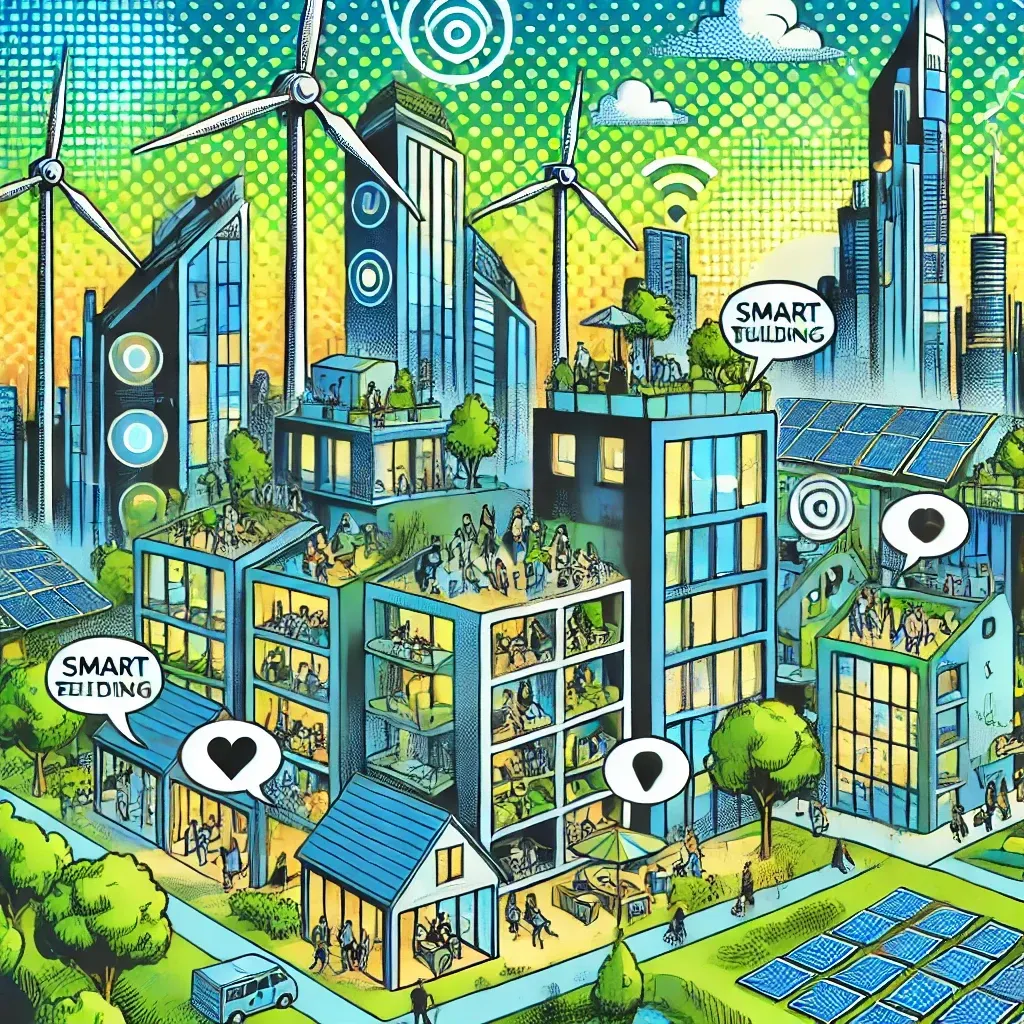
- LEED (Leadership in Energy and Environmental Design): A globally recognized certification for sustainable construction.
- BREEAM (Building Research Establishment Environmental Assessment Method): Focuses on sustainable building standards mainly in Europe.
- Market Advantage: Recognized certifications can attract eco-conscious tenants.
- Cost Savings: Certified buildings often enjoy lower operating expenses over time.
- Increased Value: Certification can increase property value and appeal to investors.
What is the main idea behind co-living spaces?
Co-living spaces are designed to provide affordable, shared living arrangements that foster community and interaction among residents. By sharing common areas such as kitchens and living rooms, residents can reduce individual living costs while enjoying the benefits of community life.
How does urbanization affect housing demand?
Urbanization increases housing demand as more people move to cities for job opportunities and better amenities. This often leads to higher housing costs and a shortage of available properties, prompting the rise of alternative solutions like co-living.
What are the benefits of sustainable real estate investments?
Sustainable real estate offers environmental benefits by reducing the carbon footprint of buildings, improving air quality, and lowering energy costs. These investments also provide economic benefits, including increased property value, lower utility bills, and potential government incentives.
How do smart home technologies contribute to an affordable housing solution?
Smart home technologies enhance efficiency and convenience, which can save residents money on utilities and provide added security. The long-term savings from energy-efficient appliances and automated systems make them a worthwhile investment in affordable housing solutions.
What role do government policies play in promoting affordable housing?
Governments can facilitate affordable housing by implementing initiatives like zoning laws, tax incentives, and subsidies for developers. These policies encourage the construction of affordable housing, benefiting both developers and residents by increasing availability and reducing costs.








